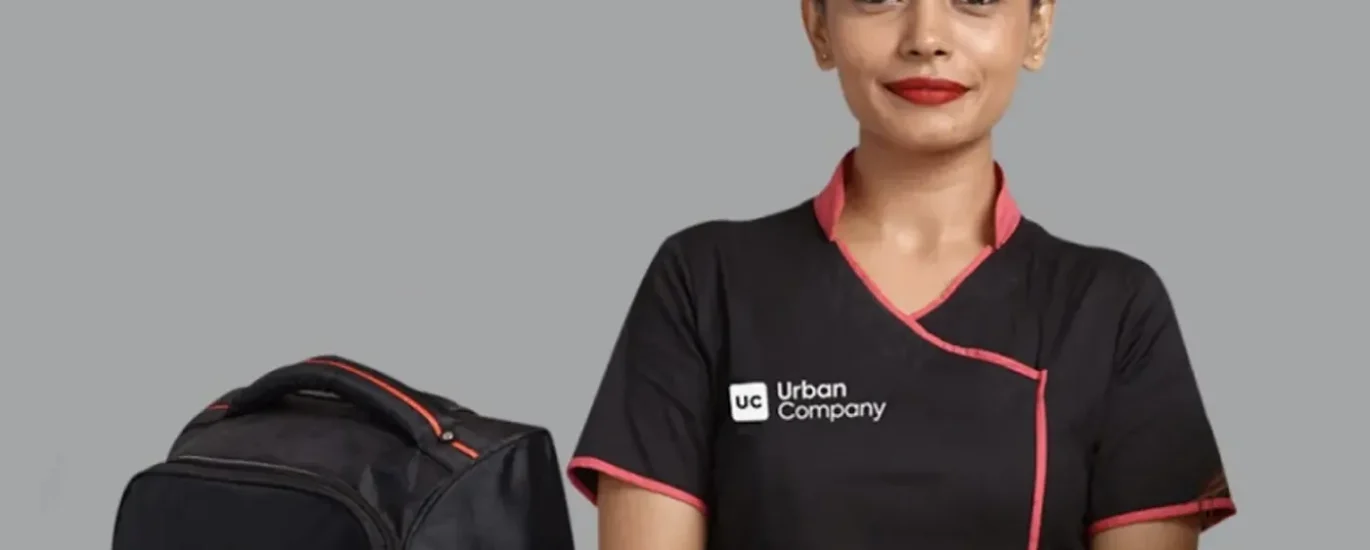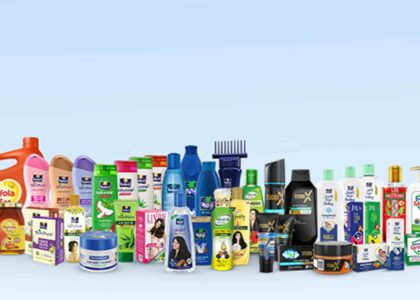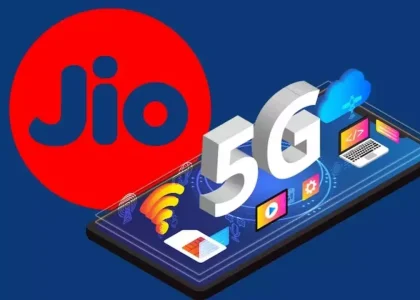Introduction
Urban Company (formerly UrbanClap), India’s largest home services platform, has redefined how consumers access services such as beauty, cleaning, appliance repair, plumbing, and fitness. With over 50,000 service professionals (partners) on its platform and operations across 50+ cities in India and select global markets like the UAE and Singapore, Urban Company’s biggest operational challenge lies in managing the supply-demand equilibrium of skilled workers and ensuring consistent service quality.
To address this, Urban Company has built a robust Standard Operating Procedure (SOP) for skilled worker assignment, which includes partner profiling, automated dispatch logic, intelligent geo-matching, and performance-led prioritization. This case study explores how Urban Company’s SOP framework powers operational excellence, customer satisfaction, and scalable workforce management.
Urban Company’s Operational Challenge
A. Service as a Product
Unlike e-commerce where inventory is static and standardized, Urban Company sells time-bound, skill-dependent, trust-intensive services. Key challenges include:
- Non-standardized execution across service categories
- Dependence on freelancers or semi-employed technicians
- Balancing proximity, availability, skill match, and ratings
- Real-time dispatch and last-minute cancellations
B. The Complexity of Worker Allocation
Every service booking triggers a critical matching decision:
- Which professional is closest?
- Who is best rated?
- Is the service type within their trained scope?
- Do they have availability in the given time window?
Failure to match accurately leads to:
- Poor customer experience (CX)
- Delayed or missed appointments
- Reduced partner utilization
- Loss of revenue or loyalty
Evolution of Urban Company’s SOP Framework
A. Phase 1 – Manual Booking Allocation (2015–2017)
- Early days saw manual matching by city operation teams.
- Lack of service history and partner data made skill validation difficult.
- Result: High variability in service quality and punctuality.
B. Phase 2 – App-Based Matching (2018–2020)
- Launch of partner mobile app to receive leads, set availability, and accept/reject bookings.
- Initial rule-based algorithms (distance + time + service type).
- Performance and training data started feeding into partner profiles.
C. Phase 3 – AI-Led SOP Automation (2021–Present)
- Deployment of automated SOPs to assign jobs based on 50+ parameters:
- Geolocation, skill level, experience, ratings, rejection history, complaints
- Dynamic allocation rules vary by service vertical (beauty, repair, home cleaning).
- Continuous feedback loop updates partner ranking and allocation logic.
Structure of the SOP – Key Components
Urban Company’s SOP for Skilled Worker Assignment is structured into five core pillars:
A. Partner Onboarding & Categorization
| Step | SOP Action |
| Registration | KYC, bank account, Aadhaar, PAN |
| Skill Assessment | Video call/live assessment by operations team |
| Training Modules | Mandatory app-based or in-person training (category-specific) |
| Certification | Internal skill tag (Level 1 to Level 3) based on test results |
Output: Partners tagged by service category, sub-skill level, region, and capacity.
B. Service Request Intake & Pre-Matching
When a customer books a service, the system captures:
- Location (lat/long)
- Time slot
- Type of service (e.g., deep cleaning vs. basic cleaning)
- Device/brand specifics (e.g., Samsung AC repair vs. LG)
- Special requests (e.g., women-only beauticians)
The SOP directs the matching engine to initiate pre-filtering from the partner database based on:
- Active availability
- Minimum skill qualification
- Recent rejection history
C. Assignment Algorithm
The core of the SOP is the matching and assignment engine, which evaluates each potential partner on:
| Parameter | Weightage |
| Proximity to customer | 20% |
| Skill match | 25% |
| Recent performance (rating, complaints) | 20% |
| Experience with similar jobs | 10% |
| Availability in time slot | 15% |
| Engagement score (acceptance rate, app usage) | 10% |
Top 3 partners based on composite score are shown the job request. The first to accept is assigned.
If no one accepts, it moves to round two with lower-ranked partners + incentive triggers.
D. Real-Time Reassignment Protocol
To handle no-shows or dropouts, SOP includes:
- Auto-swap logic within 15 minutes of unresponsiveness
- Priority to partners in the same microzone
- Push notification + call support from partner helpdesk
- Compensation logic for reassigned partner if it’s urgent/last-minute
E. Post-Service Feedback & Continuous Loop
After service completion, SOP mandates:
- Customer feedback (1–5 rating + optional comment)
- QC audits (photos from partner, random call checks)
- Auto-score update to partner profile
- Flagging of any red alerts (rude behavior, upsell attempt, damage)
Partners dropping below a threshold (e.g., 4.2 rating or >3 complaints/month) are auto-flagged for retraining or suspension.
Operational Tools Supporting SOP
Urban Company has built several proprietary tools and dashboards that power the SOP:
| Tool | Function |
| Partner Command Center | Tracks availability, capacity, distance, and alert triggers in real time |
| UC Scheduler v3.0 | Allocation engine that batches jobs across time and zones |
| Skill Scorecard | Evaluates partner proficiency and training progress |
| CX Radar | Flags high-risk bookings (based on past issues or mismatch likelihood) |
Key Metrics Improved by SOP
Efficiency Gains
| Metric | Pre-SOP (2017) | Post-SOP (2024) |
| Average TAT for Booking Assignment | 21 minutes | 3 minutes |
| Partner No-show Rate | 18% | 2.8% |
| Job Rejection Rate | 24% | 6.5% |
| Average Daily Jobs per Partner | 3.2 | 5.7 |
| Partner Retention (6 months) | 52% | 72% |
Customer Experience
- Average service rating improved from 4.1 to 4.6
- Complaint rates reduced by 40% YoY
- Same-day resolution improved for 78% of customer escalations
Custom SOPs by Service Category
Urban Company does not apply a one-size-fits-all SOP. Instead, it has category-specific variations.
| Category | Key Custom SOP Logic |
| Beauty & Wellness | Gender-matching, high hygiene score, monthly skill refresh |
| AC & Appliance Repair | Brand-specific certification, inventory possession |
| Home Cleaning | Team vs. individual assignment logic, tool-kit checklist |
| Fitness & Yoga | Subscription batch allocation, preference continuity |
| Salon at Home | Photo pre-upload, style request mapping, product SKU validation |
Partner Empowerment and SOP Alignment
Urban Company treats partners not as gig workers but as micro-entrepreneurs. The SOP framework is designed to support this:
- Transparent Allocation Logic: Partners can view their score and improve it via training or feedback.
- Dynamic Incentives: Top performers get bonus allocations and higher-paying slots.
- Partner App Training Center: In-app SOP updates, video refreshers, and compliance tracking.
- Complaint Redressal within SOP: Partners can appeal auto-blocking or complain about unfair reviews.
Challenges and Trade-Offs
A. Complexity of SOP Logic
- SOP complexity can overwhelm new partners.
- Urban Company invested in local language onboarding and visual SOP explainers.
B. Partner Burnout Risk
- More efficient assignment means more jobs, but also higher pressure.
- SOP includes auto-cap at 6 jobs/day unless extended hours selected by partner.
C. Customer Expectation Management
- Instant assignment expectations sometimes fail in thin-supply zones.
- SOP now shows “most likely arrival window” based on historical job success.
Competitive Edge from SOP
Compared to other platforms like Housejoy, UrbanPro, or NoBroker Services, Urban Company’s SOP offers:
| Feature | Urban Company | Competitor 1 | Competitor 2 |
| AI-led partner ranking | ✅ | ❌ | ❌ |
| Skill certification per service | ✅ | ❌ | ✅ |
| Reassignment trigger automation | ✅ | ❌ | ❌ |
| In-app training and SOP nudges | ✅ | ✅ | ❌ |
| Feedback-to-score loop | ✅ | ❌ | ❌ |
Looking Ahead – SOP 2.0 and Vision 2025
Urban Company is planning to evolve its SOP in the following ways:
- Predictive Assignment: AI forecasts partner availability based on pattern data (location, day, time).
- Partner Load Management: SOP ensures balanced load across partners to prevent burnout.
- SOP Gamification: Partners earn badges for SOP compliance (punctuality, grooming, zero complaints).
- Customer–Partner Matching Score: Based on past preferences, behavior, and feedback loops.
Conclusion
Urban Company’s structured SOP for skilled worker assignment is a blueprint for operational intelligence in the services industry. By combining technology, human resource planning, and service logic, it has created a scalable, efficient, and high-trust platform that balances customer satisfaction with partner productivity.
As Urban Company continues to scale, its SOP-led approach ensures not just growth, but quality at scale, which remains the true differentiator in service-led businesses.
Key Learnings
- SOPs are not static checklists but living systems integrated into tech platforms.
- Partner profiling and real-time data are critical for scalable service matching.
- Service personalization (based on feedback and history) is just as important as fulfillment logistics.
- Robust SOPs are customer-first and partner-sensitive, balancing both sides.
Sources
- Urban Company Partner Blogs & Official Help Center
- YourStory & Inc42 Interviews with Founders & Ops Team
- Redseer Consulting Reports (Home Services 2023–24)
- UC App Screenshots & Partner Journey Videos
- Economic Times (2023): Gig Work SOPs in India
- NITI Aayog Report on Platform Workers & SOPs (2022)






